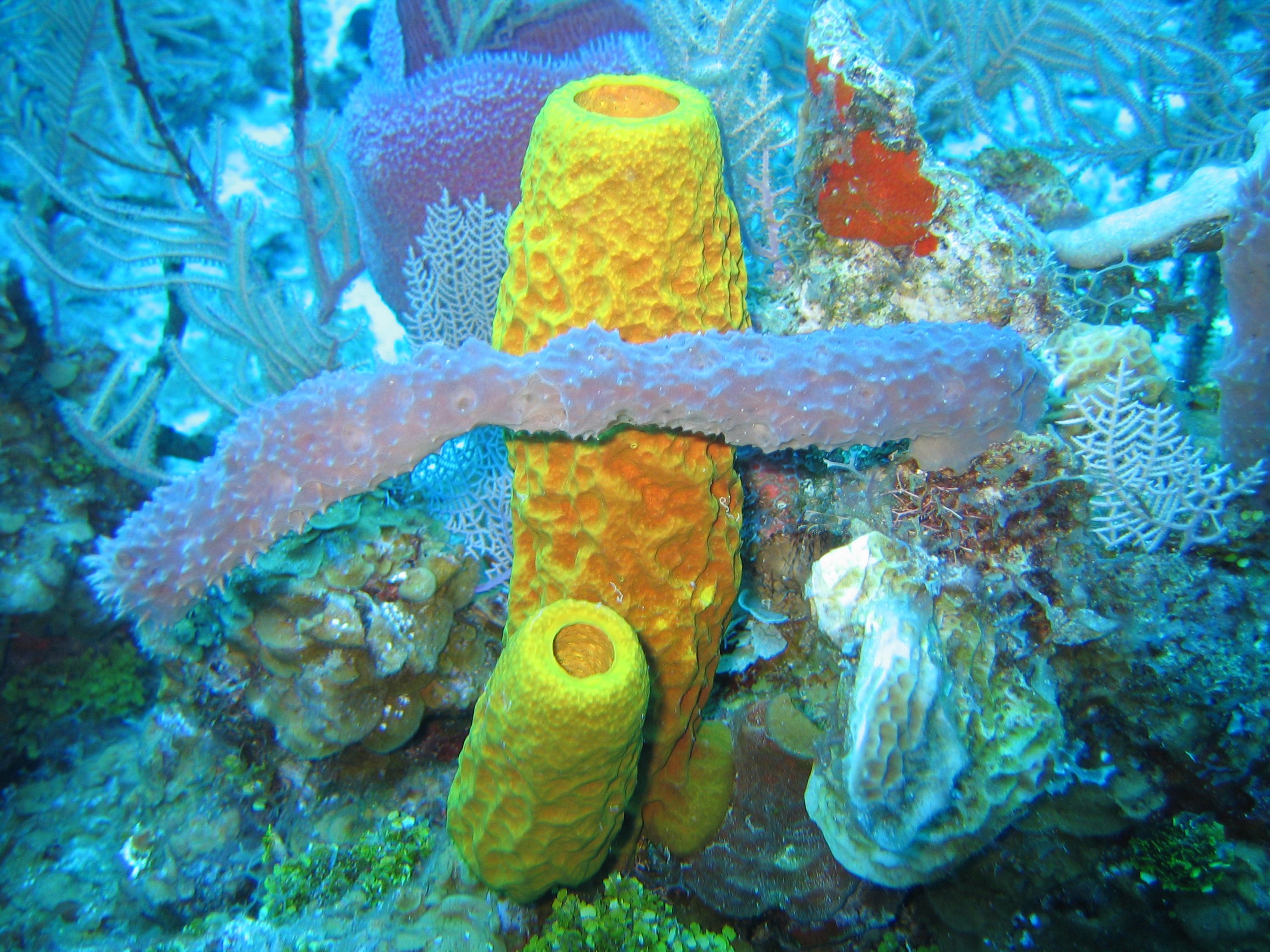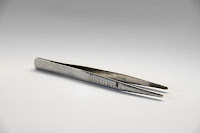Ending the year
Unit 10 was our last unit in the class. In this unit we learned about physiology. We learned about all of the bodies different systems including the circulatory, respiratory, nervous, endocrine, digestive, immune, and lymphatic. In the vodcasts we watched we learned about all these different systems in detail and what their functions are and we applied our learning in a lab. Down below are diagrams of the nervous and circulatory systems. The function of the nervous system is to pass signals to the brain and the function of the circulatory system is to maintain homeostasis.
The one lab we did in this unit was our Pig dissection. I really enjoyed this lab because it helped me understand the body parts we learned about in the unit from our vodcasts. Although at times cutting the pig was too much for me I am still happy that we had the opportunity to perform this lab. One thing I wish we had done for this lab was to look at the pigs brain and nervous system. One question I still wondered was how different is the pigs body from ours and how different our bodies would look like unborn like the pigs. Another question I still have is how do different body parts work for different animals? Lastly my last question is why did the pigs heart not have any blood in it, is it because it was unborn or because they first removed all the pigs blood? In my blog post I have linked the youtube video that we made identifying all of the pigs external and internal body parts and their functions (linked above).
Since my first unit reflection last year I think I have really grown as a student and made my blog posts and reflections much more meaningful and organized in a well designed fashion. I think that all of my blog posts this year either if they were lab reflections or my 20 time blog posts, all made me reflect on what I had learned at the time. I remember in the beginning of the year I was nervous and stressed out because I thought that the blog posts always took so long to complete and we had so many of them, but as the year went by I realized that the blog posts always helped me better my understanding of that unit or lab and they became much easier to complete as the year went by and we had more and more of them.
One project I am really proud of accomplishing this school year was my infographic. I thought that mine was well designed and it took awhile to complete which made it much more valuable to post on my blog. I think infographics are a great way of studying concepts and I am really happy that I learned how to make my own.
Few of my favorite blog posts were My Hunger Games Analysis and My unit 9 reflection. I really like my hunger games blog post because that lab was my favorite lab we did in the class and we talked about it a lot and I really understood it a lot. It was also extremely fun because it was a game lab and everyone was competing to win. My blog posts answers many questions given and also different photos. I also think that my unit 9 reflection is one of my better blog posts because I spent time putting different photos after I talked about them and my layout was very nice for that one. In the beginning of the year I used to just put all my photos at the end of my blog post but I have learned that sometimes it is much more eye catching to place them in the beginning or the middle. Overall I think both of those blog posts were my best from the school year.
In the end, I am appreciate that I have had my own blog to place all of the work we have done in this class. Regardless if others even care to look at my blog posts I think the fact that it is open for anyone to see has forced me to care more about the outcome and make my posts the best I can.
https://upload.wikimedia.org/wikipedia/commons/d/d3/1201_Overview_of_Nervous_System.jpg
https://upload.wikimedia.org/wikipedia/commons/thumb/e/e5/Diagram_of_the_human_heart_(cropped).svg/2000px-Diagram_of_the_human_heart_(cropped).svg.png
Since my first unit reflection last year I think I have really grown as a student and made my blog posts and reflections much more meaningful and organized in a well designed fashion. I think that all of my blog posts this year either if they were lab reflections or my 20 time blog posts, all made me reflect on what I had learned at the time. I remember in the beginning of the year I was nervous and stressed out because I thought that the blog posts always took so long to complete and we had so many of them, but as the year went by I realized that the blog posts always helped me better my understanding of that unit or lab and they became much easier to complete as the year went by and we had more and more of them.
One project I am really proud of accomplishing this school year was my infographic. I thought that mine was well designed and it took awhile to complete which made it much more valuable to post on my blog. I think infographics are a great way of studying concepts and I am really happy that I learned how to make my own.
Few of my favorite blog posts were My Hunger Games Analysis and My unit 9 reflection. I really like my hunger games blog post because that lab was my favorite lab we did in the class and we talked about it a lot and I really understood it a lot. It was also extremely fun because it was a game lab and everyone was competing to win. My blog posts answers many questions given and also different photos. I also think that my unit 9 reflection is one of my better blog posts because I spent time putting different photos after I talked about them and my layout was very nice for that one. In the beginning of the year I used to just put all my photos at the end of my blog post but I have learned that sometimes it is much more eye catching to place them in the beginning or the middle. Overall I think both of those blog posts were my best from the school year.
In the end, I am appreciate that I have had my own blog to place all of the work we have done in this class. Regardless if others even care to look at my blog posts I think the fact that it is open for anyone to see has forced me to care more about the outcome and make my posts the best I can.



























